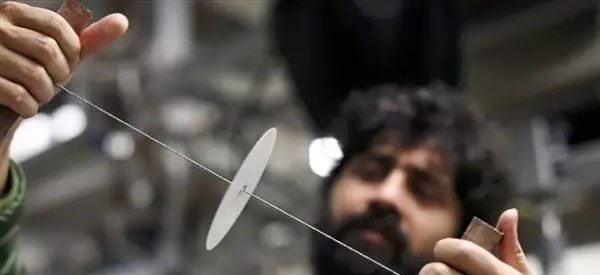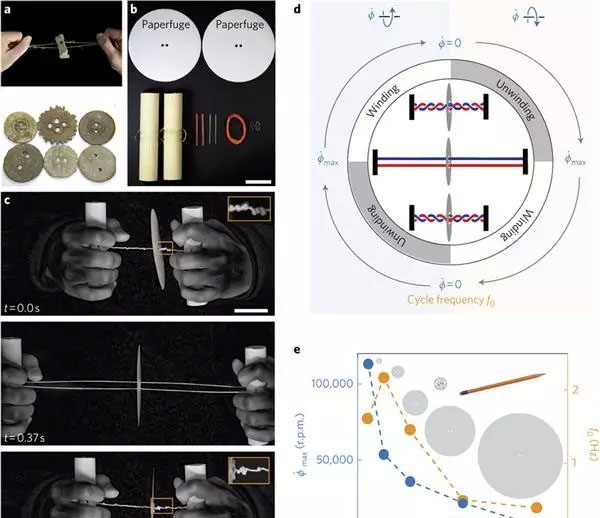Scientists at Stanford University have recently developed a life-saving 3D printing tool that can help medical workers diagnose malaria in areas where accurate laboratory equipment is lacking. It is reported that the development of this device is inspired by the rotating toys, which can be traced back to the Bronze Age.
It is understood that malaria is a mosquito-borne infectious disease that can cause fever, vomiting, fatigue, and death in extreme cases. This situation is easily diagnosed with appropriate medical equipment , but the equipment is not always available. However, for medical workers working in remote areas, there is a trick to diagnose malaria: using a centrifuge. By rotating the blood sample very quickly, different cell types in the blood can be separated from one another, making it easier to spot parasites. Then the question comes: How to get the centrifuge?
Manu Prakash, a professor of bioengineering at Stanford University, also asked himself the same question when he traveled to Uganda. When he encountered a medical staff, he urgently needed a centrifuge, or more specifically, a centrifuge that could have no power. “In a primary care center, we talked to health care workers and we found that a centrifuge was just a device because it had no electricity,†Prakash said.

“More than one billion people around the world have no infrastructure, no roads, no electricity,†Prakash continued. “I realized that if we wanted to solve a critical problem, such as malaria diagnosis, we needed to design a manpower centrifuge, which should cost less than a cup of coffee,†said Prakash, a senior author of the study.
Upon returning to California, Prakash immediately set out to develop a centrifuge that would work in areas where there was no electricity. His inspiration comes from children's toys! Initially, the Prakash and Stanford research teams tried to take advantage of the centrifugal force of the yo-yo and were able to get quite fast speeds. However, this is not enough, it requires a faster rotation.

The RNA purification kit is used to purify and recover RNA molecules transcribed in vitro and total RNA extracted from various materials, which can effectively remove contaminating impurities in RNA samples. The recovery rate of this product can reach 80%, and the OD260/OD280 ratio of the obtained RNA is generally about 2.0, which can be directly used in subsequent sensitive experiments (such as microarray analysis, fluorescence RT-PCR, etc.). With the deepening of transcriptomics, the complexity of RNA types, expression regulation and functions is far beyond our imagination.
Removing ribosomal RNAs that account for more than 80% helps to focus sequencing on less abundant but informative RNAs. At present, the removal of rRNA is mainly through the combined use of probe and RNase H. The processed RNA will be mixed with many digestion products, enzymes and ions, which is not conducive to the subsequent construction of RNA library. Take the Columnar RNA Purification Kit as an example. Trizol is a ready-to-use reagent that can be used to purify total RNA from tissues and cells. This is a single-phase solution of phenol and guanidine isothiocyanate that facilitates lysis of tissues and cells, inhibiting RNases to maintain RNA integrity.
Covid-19 Nucleic Acid Extraction Reagent,Nucleic Acid Extraction Reagent Kits,Dna Purification Kit,Rna Purification Kit
Jilin Sinoscience Technology Co. LTD , https://www.jilinsinoscience.com